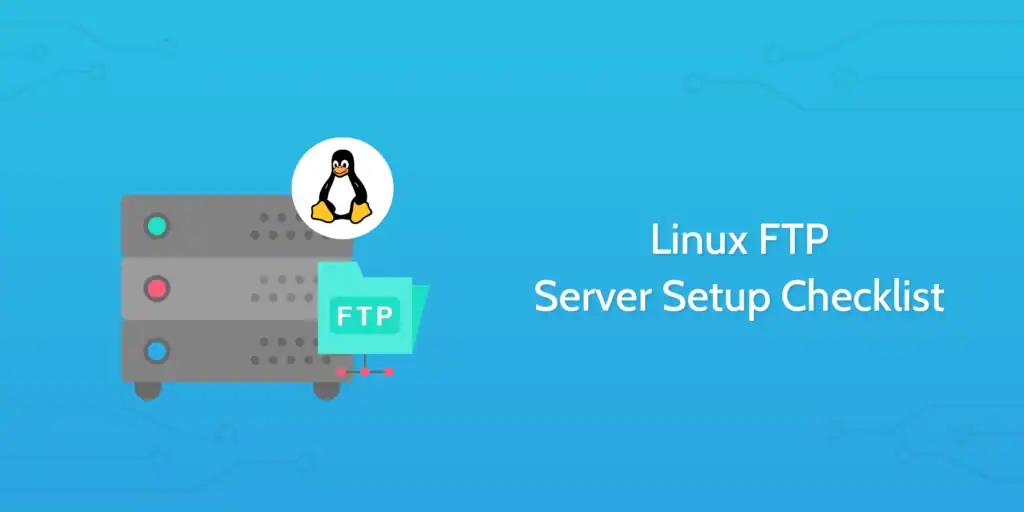
Setting up a server for the first time can be an intimidating task, especially when the choices in terms of platforms and technologies are vast. This guide aims to simplify the process, focusing on Kamatera, a robust cloud service provider, and the Linux operating system, known for its stability and flexibility.
1. Understanding the Basics: Why Choose Kamatera for Your Linux Server?
When embarking on the journey of setting up a server, the initial choice of service provider is crucial. Kamatera stands out due to its high-performance cloud servers that offer scalability, flexibility, and excellent uptime. This makes it an ideal choice for developers looking to deploy web projects that require reliable and responsive service under varying loads.
Kamatera allows you to choose from a wide variety of Linux distributions, such as Ubuntu, CentOS, or Debian. This is particularly beneficial for developers who are looking to work in a specific environment or need a particular package ecosystem. Each Linux distribution has its strengths, and being able to select the one that best fits your project requirements is a significant advantage.
Another compelling reason to choose Kamatera is its cost-effectiveness. They offer a pay-as-you-go model, which means you only pay for the resources you use. This can be particularly attractive for startups and individual developers who are mindful of keeping operational costs low while still benefiting from high-performance computing resources. Use Kamatera Now to experience these benefits first-hand.
2. Step-by-Step Configuration: Setting Up Your Linux Server on Kamatera

Setting up your Linux server on Kamatera involves a few straightforward steps. First, you need to create an account on Kamatera. Once your account is set up, you can start configuring your server. The Kamatera dashboard provides an intuitive interface for this purpose, guiding you through the selection of your preferred Linux distribution, server resources (such as CPU, RAM, and storage), and the data center location.
After choosing your server specifications, you will need to configure the network settings, including assigning a public IP address and setting up security groups. These settings are crucial as they determine how your server communicates with the internet and what traffic is allowed through. For web projects, ensure that ports 80 (HTTP) and 443 (HTTPS) are open to allow web traffic.
The final step is the installation of your server. Kamatera’s servers are deployed within minutes, and once done, you can access your server via SSH using the IP address and credentials provided. This access allows you to install additional software, configure settings, and start deploying your web applications. Here’s a simple SSH command to connect to your server:
ssh username@your_server_ip3. Optimizing Performance: Best Practices for Linux Server Management
Once your server is up and running, optimizing its performance becomes key. Regular updates are crucial; they not only improve functionality but also patch security vulnerabilities. For a Linux server, you can automate updates using cron jobs or scripts that run at regular intervals. Here’s an example of a cron job that updates your server daily:
0 2 * * * apt-get update && apt-get upgrade -yThis cron job runs every day at 2 AM, ensuring your server software is always up to date.
Monitoring is another critical aspect of maintaining server performance. Tools like Nagios or Zabbix can be integrated into your Kamatera server to monitor system health and resources. These tools provide real-time data, helping you to preemptively address issues before they impact your server’s performance.
Lastly, optimizing your server’s configuration based on the specific needs of your web project can significantly enhance performance. Tweaking Apache or Nginx settings, adjusting database configurations, and implementing caching are all effective strategies. Each web application might benefit from a unique configuration, so it’s worth spending time understanding and implementing these changes.
4. Enhancing Functionality: Integrating Useful Tools and Services with Your Server

To further enhance your server’s capabilities, integrating additional tools and services is essential. For instance, setting up a Continuous Integration/Continuous Deployment (CI/CD) pipeline can streamline your development and deployment processes. Jenkins, an open-source automation server, can be installed on your Kamatera server to facilitate this. It automates various stages of your development pipeline, from building code to testing and deployment, thereby increasing efficiency and reducing the likelihood of errors.
For database management, tools like phpMyAdmin for MySQL or PostgreSQL can be installed directly on your server. These tools provide a user-friendly web interface for handling database operations, which can be a boon for developers not comfortable with command-line database management.
Moreover, considering the security of your server, implementing a firewall and using SSL certificates for websites are recommended. Kamatera offers integrated firewall solutions, and Let’s Encrypt provides free SSL certificates, which you can easily set up to secure your server and website.
Bonus Tips:
Use tmux for session management: When connected to your server via SSH, using tmux allows you to manage multiple terminal sessions effectively. You can detach and leave long-running processes without interrupting them.
Optimize your SSH settings: Adjusting your SSH daemon settings to disable root login and using key-based authentication instead of passwords can significantly enhance security.
Set up swap space: If your server is low on RAM, setting up a swap file helps prevent your server from crashing under high demand. Here’s a quick way to add 1 GB of swap:
sudo fallocate -l 1G /swapfile
sudo chmod 600 /swapfile
sudo mkswap /swapfile
sudo swapon /swapfileBy following this guide, you’re well on your way to successfully setting up and managing a high-performance Linux server on Kamatera for your web projects. Remember, every project has unique needs, so continue exploring and customizing your server environment to best fit your requirements. Try Kamatera to start your journey with a reliable and scalable cloud platform.





